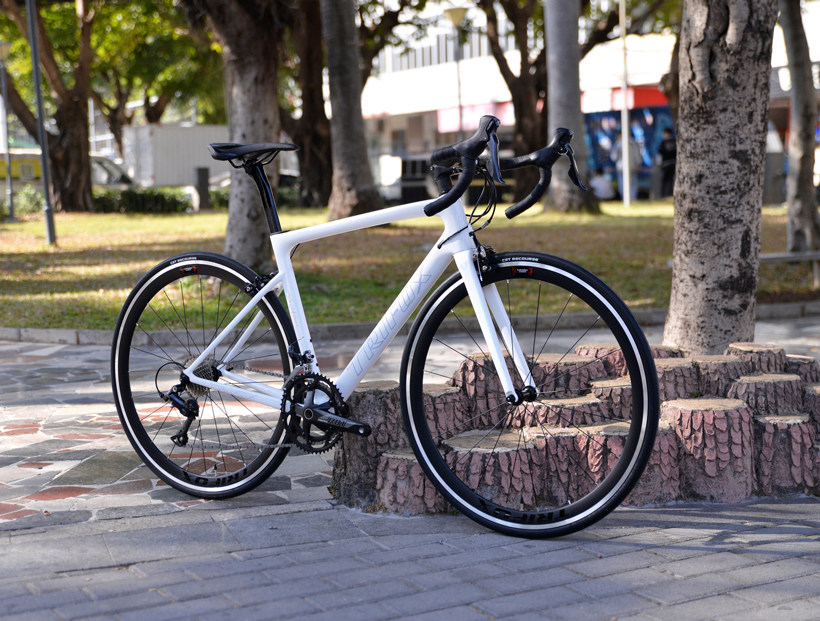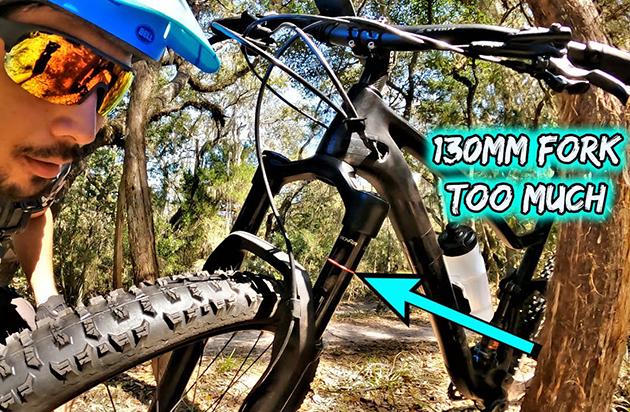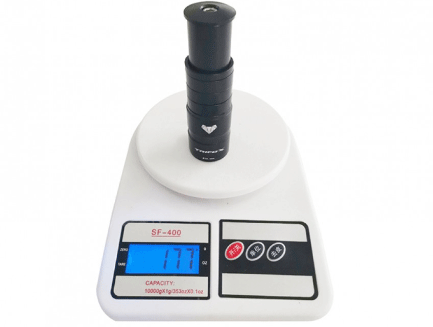Cycling against the wind can be one of the most challenging—and frustrating—aspects of road biking. Whether you're training for an event, commuting, or just out for a leisurely ride, battling wind resistance requires strategy, technique, and the right mindset. While you can't control the weather, there are several strategies you can use to make riding against the wind more manageable and even enjoyable. Let’s explore the best techniques for tackling headwinds.
1. Lower Your Profile
One of the most effective ways to combat wind resistance is by lowering your body profile. The more of your body exposed to the wind, the harder it is to push forward. By adopting a more aerodynamic position, you reduce the surface area that the wind pushes against, allowing you to cut through the wind more efficiently.
- Adjust your handlebars: Drop handlebars (common on road bikes) naturally allow for a lower position, but you can further lower your stance by dropping your elbows and getting as close to the bike as possible.
- Tuck your elbows: Keep your arms close to your body and avoid flaring them out. This minimizes wind resistance and helps you maintain a more efficient position.
- Lower your head: Try not to raise your head too much. Keeping your head low and your eyes on the road will reduce drag and allow you to cut through the wind more effectively.
2. Use Your Gears Wisely
Wind can be physically exhausting, especially if it’s a strong headwind. To make things easier, make sure to use your bike’s gears effectively to maintain a steady cadence. You’ll need to shift to an easier gear to keep your legs moving smoothly, avoiding muscle fatigue.
- Shift early: Before you start feeling the full force of the wind, shift to an easier gear so that you don’t struggle to maintain your pace.
- Maintain a high cadence: Aim for a cadence of around 90-100 RPM (revolutions per minute) to avoid over-exerting your muscles. Pedaling quickly with less force is far more efficient than pedaling slowly with heavy force.
3. Stay Relaxed
One of the worst things you can do when cycling against the wind is to tense up. Tensing your muscles will drain your energy much faster, making it harder to sustain your effort. Instead, try to stay relaxed and maintain a steady rhythm.
- Relax your upper body: Keep your shoulders, arms, and hands relaxed to avoid unnecessary muscle strain. A stiff body requires more energy to move.
- Focus on your breathing: Take deep, controlled breaths to ensure your muscles get enough oxygen and you don’t get fatigued too quickly.
4. Use Drafting to Your Advantage
If you're riding with others, drafting is a great way to reduce the amount of wind resistance you face. By riding closely behind another cyclist, you can take advantage of their slipstream, which reduces the drag you experience and makes it easier to maintain speed.
- Stay close but safe: The optimal distance for drafting is about 1-2 bike lengths behind the lead rider. Too close and you risk a crash, too far and you lose the benefits of the slipstream.
- Switch positions: If you’re riding in a group, make sure to take turns leading so that everyone can share the effort of battling the wind.
5. Pacing and Energy Conservation
Riding into a headwind can quickly deplete your energy reserves, so it’s important to pace yourself and conserve energy where possible. If you push too hard early on, you’ll burn out before you reach your destination.
- Set a sustainable pace: Find a rhythm that allows you to keep a steady effort without exhausting yourself too quickly.
- Take breaks if necessary: Don’t hesitate to take a short break if the wind is particularly strong. Even a few minutes of rest can help you recharge and continue your ride with more energy.
6. Choose the Right Gear
When preparing for a ride against the wind, ensure that your bike is suited for the conditions. A road bike with aerodynamic features, such as aero handlebars or a lightweight frame, can help you cut through the wind more efficiently.
- Lightweight gear: Choose lightweight clothing that doesn’t create unnecessary drag. Avoid loose or baggy clothing that flaps in the wind and slows you down.
- Disc wheels or deep-section rims: If you're racing or riding in very windy conditions, consider investing in a bike with aerodynamic wheels, like those found on high-performance road bikes. These wheels are designed to reduce wind resistance, making it easier to maintain speed against the wind.
7. Hydration and Fuel
Battling the wind is physically demanding, so staying hydrated and fueled is essential. Wind can sap your energy faster than you realize, and being properly fueled will help you push through.
- Hydrate regularly: Even if you don’t feel thirsty, make sure to drink small amounts of water frequently to keep your energy levels up.
- Eat energy-boosting snacks: If you’re going for a long ride, bring along energy bars, gels, or other quick carbohydrates to keep your energy levels high.

Final Thoughts
Riding against the wind can be tough, but with the right strategies, you can turn it into an opportunity for growth and skill development. By adjusting your riding position, using your gears effectively, staying relaxed, and employing techniques like drafting, you can reduce the impact of the wind and ride more efficiently. And remember, every ride into the wind is a chance to build strength, improve your stamina, and become a better cyclist overall. So next time the wind picks up, use these strategies and turn it into an advantage!





















































































